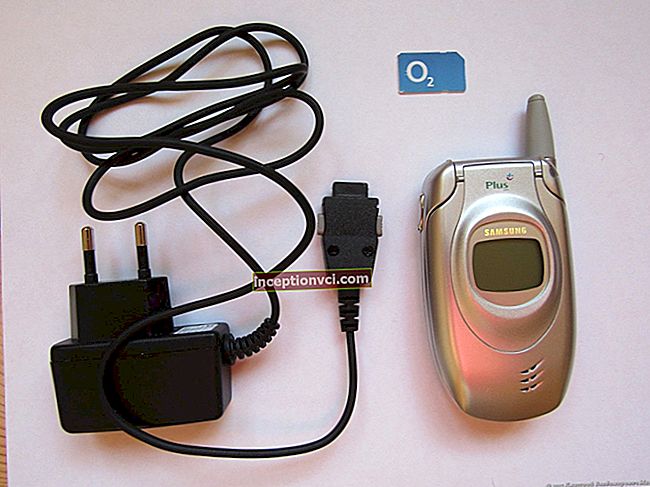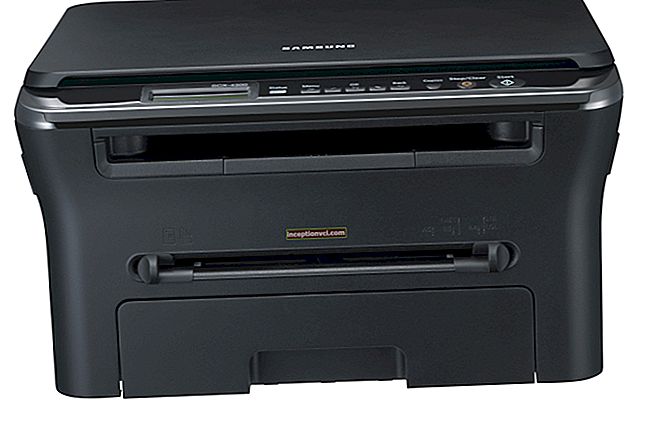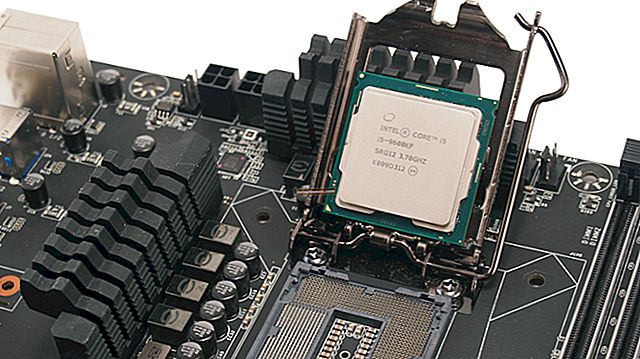
They say that the lawn grass in the garden does not require much maintenance. Indeed, on forest lawns, no one mows the grass or watering the flowers - and they grow beautifully. The grass mixture for the artificial home lawn is collected from crops that require attention. Therefore, it is imperative to properly care for the lawn grass!
How often to water the lawn?
It is best to tend and water the turf in the evening or early morning. During the day, especially if the sun is beating down, the water evaporates faster and the plants do not have time to absorb moisture. During the night, moisture penetrates deeply into the soil, saturating the roots of plants.
Water the lawn grass not with a jet, but drip, so as not to damage the stems and not erode the soil around the plantings.
How much to water?Depends on soil, time of previous irrigation, weather. It is problematic to deduce the exact watering rate. Irrigate your lawn abundantly, but not until puddles appear. To find out if there is enough moisture for the grass, test the soil at a depth of 100 mm. If it is dry there, increase the watering intensity.
How to properly water your lawn?
It also depends on the characteristics of the soil and on the weather. In hot weather, water the meadow on sandy soils twice a week, in cool weather - once every 10 days. Lawns on alumina or loam are not whimsical to water. Irrigate the grass as needed, the earth should have time to dry out.

What to water with?
Be guided by the size of the site and the availability of equipment. There are several options:
- Do-it-yourself watering with a garden hose with a spray nozzle. When choosing a hose, pay attention to the number of layers. The more there are, the longer the hose will last. The upper layers are designed to protect from the sun, the middle ones are reinforcing, the inner layers do not allow the development of the simplest algae. In addition, the hose should be lightweight.
- Automatic watering using irrigation systems (sprinklers). Sprinklers - because they simulate raindrops, based on the work of sprinklers and sprayers that disperse the water jet.
- There are non-adjustable circular. They are ideal for small lawns. Several sprinklers can be combined into a system and connected to one water source. You can also set the timer to turn on.
- Movable models rotate, irrigating areas one by one.
- Irrigation systems are often hidden underground. Optimal for large areas, over 6 acres. Sprinklers in such systems are aboveground or underground (recessed), which are extended only for watering.
Do-it-yourself underground irrigation systems are not easy. This is usually done by specialist engineers.
Lawn mowing
Mowing your lawn isn't just a matter of aesthetics. Cutting the grass is essential for the vegetative development of plants. Thus, they bush better. Their rhizomes grow and create a dense turf.
How to mow the lawn correctly?
Cut in dry weather. But if the grass stand has already outgrown, it is better to mow when it is cloudy or early in the morning - with abundant dew. Lawn mower blades will dull less.
The grass tilts in the direction it is mowed, so change the direction of the mower with each mow. The turf will be tight and straight. And if you mow on time, then even without bald spots, which arise due to poor penetration of light into the lower parts of the grass.
It is better to collect the cut grass and put it in compost. An excellent organic fertilizer is obtained from humus, saturated with trace elements and humus. On hot days, you can leave the mowed area for 2-3 days to keep more moisture in the soil.
How often to mow the lawn?
You don't need to mow your lawn too often.On average, this is done once every 1-2 weeks so that the grass has time to grow, get stronger and transfer energy for the development of the root system.
 The first haircut after winter is different from the usual. Trim the meadow when the grass grows up to 10 cm. Cut на of the stem so that the lawn grass recovers faster after the cold weather. Set the mower blade to the highest level, at least 8 cm. This procedure will slow down the growth of weeds. After a few haircuts "at the top", they will stop growing altogether. The rest of the time, when the grass is growing intensively, cut more, but leave at least 40 mm. In too short stems, the roots weaken faster and the soil dries out more often. Leave the grass longer - the stems will weaken.
The first haircut after winter is different from the usual. Trim the meadow when the grass grows up to 10 cm. Cut на of the stem so that the lawn grass recovers faster after the cold weather. Set the mower blade to the highest level, at least 8 cm. This procedure will slow down the growth of weeds. After a few haircuts "at the top", they will stop growing altogether. The rest of the time, when the grass is growing intensively, cut more, but leave at least 40 mm. In too short stems, the roots weaken faster and the soil dries out more often. Leave the grass longer - the stems will weaken.
If you do not know when the last time to mow the grass stand, be guided by the weather. The grass grows at temperatures between 5 ° C. Monitor the air temperature to determine the last cut.
How to mow the lawn?
To cut the clearing does not turn into a heavy duty, choose the "right" tool.
- An electric or gasoline trimmer is more convenient to mow than a conventional side trimmer. The trimmer is light and manoeuvrable, but noisy at work. There is no such problem with a scythe, but it requires skill and quickly becomes dull.
- Lawn mowers make mowing easy. Unlike trimmers, they are equipped with collectors that collect and cut the mowing. You don't have to shovel the grass the old fashioned way. When choosing a mower, pay attention to the power of the motor. The more powerful, the more enduring.
- Electric mowers are easy to use: no need to add petrol or oil. But you have to worry so that the wire does not fall under the knife, the engine does not burn, there would be enough wire for the entire perimeter of the lawn ...
- Gasoline models are more practical. If the mower has a 2.5 mm line, you can even cut raspberries and currants. With the detachable attachments, you can easily transform your lawnmower into a cultivator or snow blower.
- Riders and mini tractors mow vast areas that are difficult to maintain manually.
How to remove moss and weeds from your lawn
Moss in the clearing appears due to unevenness of the soil, strong compaction or increased acidity of the earth, as well as a lack of nutrients and poor drainage of the soil. Contributes to its appearance and too low haircut and strong shading.
To remove moss, identify and correct the cause. Level the ground. If the soil is acidic, lime it. For a soil with a lack of nutrients, a complex top dressing is necessary. To destroy the moss on the lawn due to heavy shading, replace the grass with a less whimsical one. Sow red fescue or meadow bluegrass.
If large areas are affected by moss and the above methods are ineffective, use chemicals to remove the moss or weeds.
Treat the clearing with a chemical solution on a warm, dry morning. Water after two days. The moss will turn black after two weeks. Rake it, fill the appeared bald spots with grass.
 Weed control is effective in two ways - weeding or chemical treatment. The safest way to destroy weeds is by hand, digging them up by the roots. This gives a good result, but it is laborious and time consuming. And in a large meadow it is almost unrealistic.
Weed control is effective in two ways - weeding or chemical treatment. The safest way to destroy weeds is by hand, digging them up by the roots. This gives a good result, but it is laborious and time consuming. And in a large meadow it is almost unrealistic.
When there are a lot of weeds and the area under the grass is large, it is better to use herbicides. Experts recommend treating the area with continuous herbicides before planting greenery on the meadow. When they dry out the weeds, sow the grass.
In a green and flowering meadow, use selective herbicides that destroy a specific type of weed without damaging lawn crops. Selective herbicides are good because they destroy not only the stems, but also the weed root system. Chemical treatment of weeds is best done on a warm, windless day when the grass is dry.
To keep your meadow green without weeds, regular mowing and watering is enough. They increase the density of the grass carpet and turf, thereby suppressing weeds. Annual weeds will die from frequent haircuts.
Fertilizing and feeding the lawn

You need to fertilize the grass three times a year - in spring, summer and autumn. Timely feeding strengthens the grass and contributes to the destruction of weeds.
Follow the manufacturer's recommendations for the amount of lawn fertilizer and the order in which it is applied. If you overdo it, you can damage your lawn and simply burn the grass.
Consider the seasonality when choosing what to fertilize your lawn with. Spring and summer fertilizers contain a lot of nitrogen, which is necessary for the active growth of grass. In autumn feeding, there is more phosphorus and potassium, which strengthen the roots and increase resistance to cold.
How to fertilize your lawn?
After cutting, before watering. It is better to apply top dressing through a special sieve or using a spreader.
There is an opinion that the cut grass is also a good fertilizer for the lawn. It's a delusion. Cut grass is useful as a protective layer for turf during hot periods. With the onset of cold weather, it will not protect against frost, so cover the lawn with foil.
Lawn aeration and scarification
Scarification is the most effective procedure for removing dry grass, moss and plant debris from a meadow. By loosening and combing the soil, you will make it easier for air and light to reach the lower layers of the grass and improve the penetration of fertilizers into the soil.
 It is necessary to scarify the lawn as needed, several times a season: in the spring after the snow melts, in the summer - to remove the remnants of the cut grass, in the fall - to clean the fallen leaves.
It is necessary to scarify the lawn as needed, several times a season: in the spring after the snow melts, in the summer - to remove the remnants of the cut grass, in the fall - to clean the fallen leaves.
Scarification tools - fan or ordinary garden rakes, lawn blowers, scarifiers or special lawn mower attachments.
After scarification, it is helpful to aerate the lawn to allow water, air and fertilizer to reach the roots. For this, the soil is pierced 10-15 cm deep. You can pierce the soil with ordinary forks (several times per season), or with forks with hollow teeth (once every 2-3 years). There are also special aerators: foot, in the form of toothed sandals worn on shoes, mechanical and electrical.
After aeration, sprinkle coarse sand on the lawn to fill the holes. Sanding improves the permeability of the soil and renews the soil.
Lawn repair

Leveling and re-seeding the lawn
Over time, the grass grows old and loses its density. If bald patches appear on your lawn, repair the lawn. To keep the lawn looking well-groomed, overseed areas with bald patches in a timely manner. It is better to do this in cloudy or rainy weather. Before leveling the soil or sowing, comb the grass with a rake to remove dead plants. To sow properly, cut out bald spots, loosen the soil, add fertilizer and sow seeds.
If you need to level the green area from the bumps, trim the sod in the protruding places, bend and level the excess soil. Do the same if tree roots protrude into the lawn that could damage the mower. Peel back the cut turf, remove the root and return the green layer to its original position.
Lawn mulching
Mulching is the distribution of a special fertile mixture over the surface of the meadow in order to correct the unevenness of the soil, improve root nutrition, and reduce the evaporation of moisture from the soil.
Mulch the meadow with different mixtures, depending on the type of soil. Often, the mixtures include sand, peat and fertile soil, mixed in different proportions, sometimes with the addition of leaf humus.
- mulching prevents moisture evaporation from the soil;
- protects the roots from freezing in the winter cold;
- regulates the acidity level of the earth;
- enriches the soil with useful substances and prevents them from leaching out or evaporating from the soil;
- weeds germinate worse through mulch.
The lawn is mulched once a year, usually at the beginning of autumn, after mowing it and clearing it of felt.
It is equally important to land the lawn once every five years in the spring or fall. Sprinkling the soil with rotted organic fertilizers will improve the tillering of grasses and the sod will become thicker. Use the organic mixture optimally, in a ratio of 7-10 kg per 1m² of land.
Lawn care calendar
Lawn care in spring
Lawn grass care in spring begins with the first thaw. After winter, the meadow is filled with moisture, weakened and easily damaged. In March, try not to walk on it again, so that there are no potholes or pits from the tracks. This is especially dangerous for young lawns.
When the topsoil dries out, carry out combing (verticulation) and remove the formed felt with a fan or ordinary rake. If you find foci of grass disease, use a lawnmower to cut all the plants in the affected area as low as possible. Dig it up, loosen the soil with a rake and only after 10 days sow new seeds.
Summer lawn care
The main answer to the question: "How to care for the lawn in summer" is to water it on time and cut it regularly. The lawn may need additional feeding in the middle of summer. If you notice that the grass has begun to turn yellow, introduce spring fertilizers. By July-August, the topsoil is gradually compacted, so aerate and mulch to improve air exchange.
Lawn care in the fall. Preparing your lawn for winter
Lawn care in September is not much different from August. Mow and water as needed. If, after the summer heat, bald spots appear on the grass carpet, sow these areas. Top dressing of the lawn in autumn is carried out in October, using special autumn fertilizers. Do not use spring ones with a large amount of nitrogen, which the grass has nothing to do with the onset of cold weather.
 On a dry day, aerate your lawn to drain rainwater into the deeper layers of the soil. If this is not done, then with the arrival of frost, your lawn will be covered with an ice crust.
On a dry day, aerate your lawn to drain rainwater into the deeper layers of the soil. If this is not done, then with the arrival of frost, your lawn will be covered with an ice crust.
The last mowing of the lawn in autumn is carried out at the end of October - November. Ideally, before wintering, the height of the herbaceous stems should be 60-80 mm. Regularly clean the grass from fallen leaves, branches, dry stems so that they do not interfere with the ventilation.
In winter, the lawn does not require processing. The main thing is not to walk on it until the snow cover appears. On an icy lawn, it is advisable to break the ice crust.
Useful article: "How to care for roses: proven advice from experienced gardeners"
Watch the video review of Honda lawn mowers









